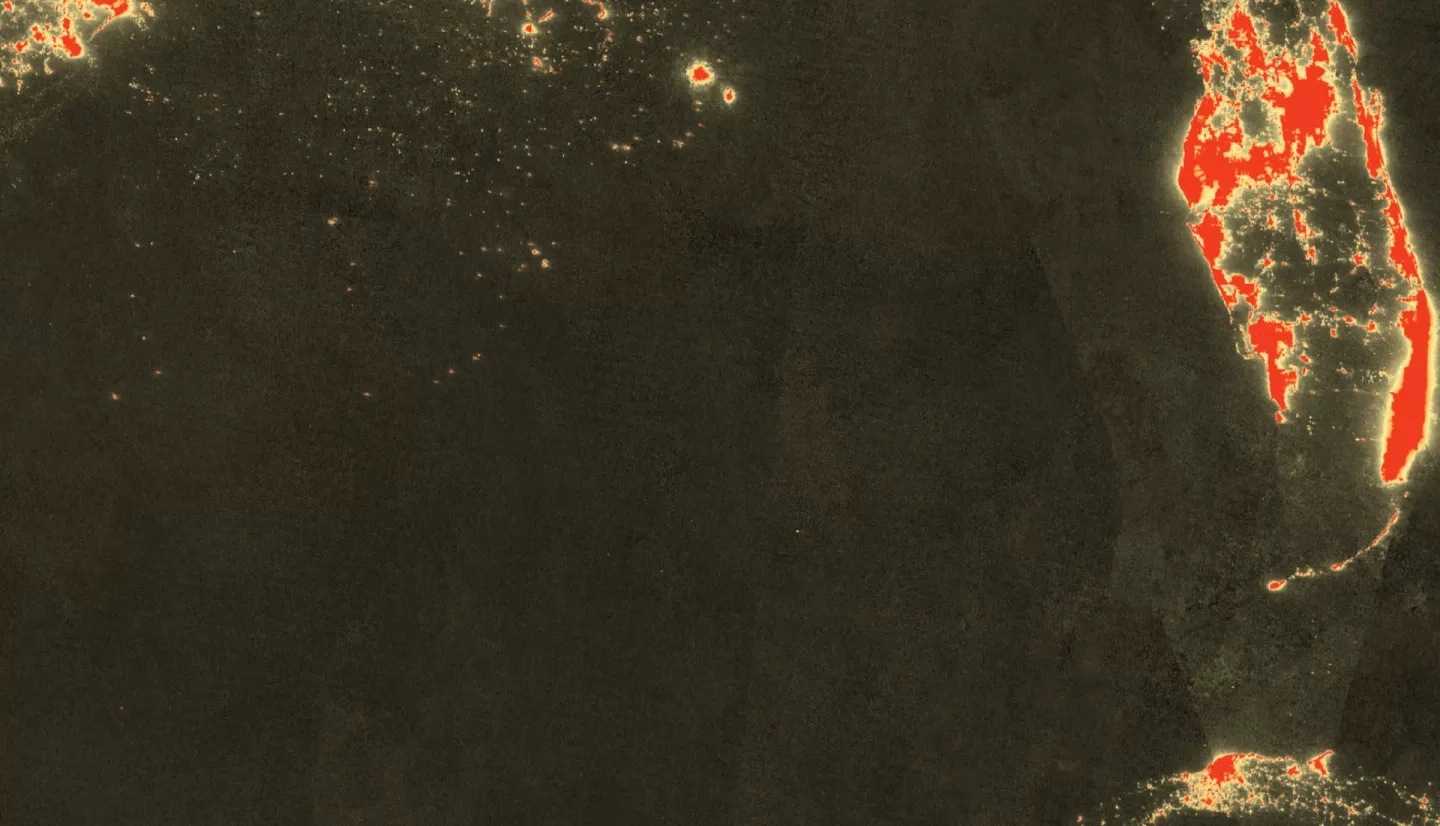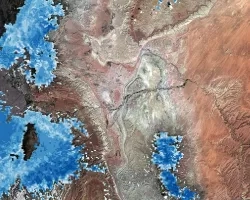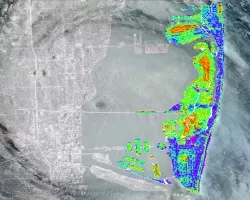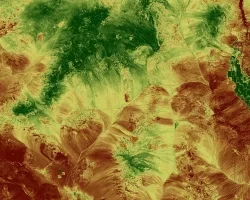Gulf of Mexico Health & Air Quality (Spring 2022)
Team: Kate Howell (Project Lead), Ashley Fernando, Ephrata Yohannes, J. Kyle Bergerson
Summary: The extraction, production, and transportation of oil and gas is a leading contributor to anthropogenic methane emissions via activities such as flaring and venting. The Bureau of Ocean and Energy Management (BOEM) has air quality jurisdiction offshore in the Gulf of Mexico and drafts regulations for criteria pollutants, while the Bureau of Safety and Environmental Enforcement (BSEE) enforces these regulations. Additionally, the non-profit organization SkyTruth monitors natural resources, including methane. BOEM, BSEE, and SkyTruth have partnered with NASA DEVELOP to use Earth observations to identify potential offshore methane sources in the Gulf of Mexico and to validate reported flaring activity. This information will allow BOEM and BSEE to make informed regulations regarding air pollution. Here, we cross-referenced BOEM infrastructure data with Suomi National Polar-orbiting Partnership (NPP) Visible Infrared Radiometer Suite (VIIRS) Nightfire data to validate operator-reported flaring. Sentinel-5p TROPOspheric Monitoring Instrument (TROPOMI) pollutant concentrations were used to validate VIIRS-detected flaring outside of the Gulf of Mexico where operator-reported data is unavailable. Using these methods, we identified the locations of offshore oil and gas infrastructure with known episodic flaring and venting in 2017 in the Gulf of Mexico, as well as offshore South America and West Africa in 2021. Drawing upon retrieval methods used to detect onshore methane emissions, we proposed an analogous method utilizing sunglint to illuminate methane plumes over the ocean using Sentinel-2 Multispectral Imager (MSI) imagery. We detected two potential methane plumes – one at the Constitution complex in the Gulf of Mexico in July 2017 and one off the Coast of Lagos, West Africa, in July 2021.



